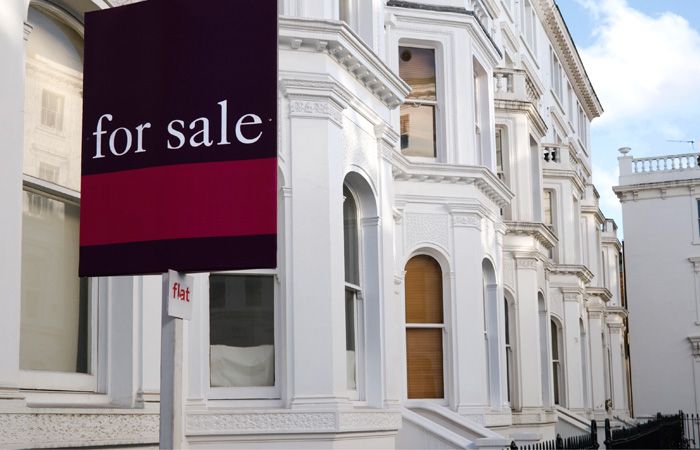
The UK’s housing market is past “peak pain” with average house prices forecast to fall by 3% next year as affordability pressures ease, according to Savills.
The property agent expects that the Bank of England base rate will stand at 4.75% by the end of next year, which will lead a sliding housing market “to bottom out in mid-2024,” in its five-year house price forecast.
It forecasts that house prices will fall by 4% this year.
The report comes after the central bank’s Monetary Policy Committee held the base rate at 5.25% for the second meeting in a row last week, although this remains a 15-year high.
The committee noted that markets are betting that the base rate remains around 5.25% until the third quarter of next year, falling gradually to 4.25% by the end of 2026.
The property agent says that after “a rollercoaster 12 months” house prices “held up slightly better than expected in 2023, as mortgage markets settled over spring and autumn months”.
Less debt-dependent prime regional markets will be the first to recover, seeing falls of just 1.5% in 2024, Savills reports.
Home transactions are expected to remain at around 1 million next year, rising to 1.16 million by 2028, as mortgage buyers gradually return to the market, but still below the pre-pandemic norm of 1.2 million.
House prices will grow by an average 17.9% over the five years to 2028 taking the average house price to £300,108. The base rate will have fallen to 1.75% in five years, the report says.
Savills head of residential research Lucian Cook says: “Interest rates are expected to have peaked and the worst of the house price falls look to be behind us, but the first cut to rates still looks to be some way off.
“This means continued affordability pressures are likely to result in further modest house price falls over the first half of 2024, resulting in a peak to trough house price adjustment in the order of minus 10%.
“The expectation of a gradual reduction in rates suggests a progressive restoration of buying power and steady recovery in demand.
“We expect growth to accelerate as affordability pressures ease, with the strongest growth forecast for 2027 when rates reach their long-term neutral level. From there we expect growth to settle at a rate broadly in line with income growth.”



